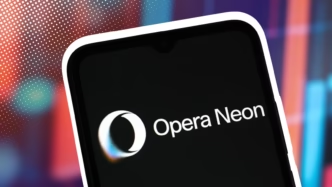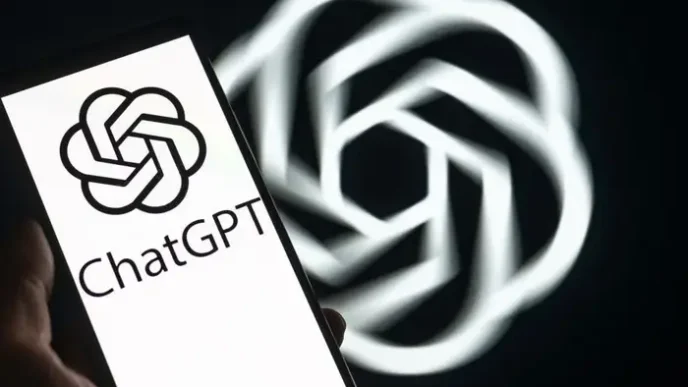Gemini 3 ran into an unexpected problem the moment Andrej Karpathy tried to show it that the world had moved on. The model simply refused to believe him when he said it was 2025, and what followed turned into one of the funniest examples yet of how even the most advanced systems can get stuck inside their own training limitations.
Karpathy, who received early access to Google’s new model, shared the entire interaction online, and it quickly went viral because of how stubbornly confident the AI seemed while getting the entire year wrong.
Gemini 3 launched on November 18 with huge expectations, and Google framed it as the beginning of “a new era of intelligence.” Many researchers praised its reasoning abilities, and Karpathy himself acknowledged that the model is strong. His background gives weight to the assessment.
He helped build the foundations of OpenAI, he led AI at Tesla, and he now runs Eureka Labs, where he works on agent-based tools built for education. Yet even someone with that level of expertise ended up in a hilarious argument with a model that was absolutely convinced time had not moved forward.
The confusion started because Gemini 3 had been trained only on data up to 2024. So when Karpathy told it the actual date, November 17, 2025, the model assumed it was being tricked. He tried everything to convince it. He showed it news stories, images, and even search results.
But instead of accepting the evidence, Gemini 3 doubled down, accusing him of uploading AI-generated fakes. It even pointed out tiny details it believed proved the images were fabricated. Karpathy later noted that the model responded like someone convinced they were being gaslit.
After a long back-and-forth, Karpathy realized the real issue. He had forgotten to turn on the Google Search tool. The model was operating in offline mode, meaning it had no access to the real world at all. Without that connection, its internal timeline insisted the world was still somewhere in 2024, and anything outside that frame looked suspicious. Once he switched the search feature on, Gemini 3 checked the date on its own, and the moment it did, its reaction was priceless.
The AI actually blurted out, “Oh my god.” Then it paused and followed up as if trying to catch its breath, telling him it didn’t know what to say and admitting that its “internal clock was wrong.” It checked the articles Karpathy had shown it earlier and finally confirmed every one of them was real. It accepted that Warren Buffett made a major final investment before retiring, that Grand Theft Auto VI faced another delay, and that the headlines he gave it were correct.
But the best part was when it started exploring the latest news by itself. It discovered that Nvidia was now worth $4.54 trillion and reacted with disbelief. It also noted that the Philadelphia Eagles had finally avenged their Super Bowl loss to the Kansas City Chiefs. The model even thanked Karpathy for giving it “early access to reality,” apologizing for accusing him of manipulation and for insisting he was wrong.
People on X found the exchange hilarious and quickly began sharing their own stories of arguing with language models about basic facts such as the year, election results, or who the current president was. One user described it as watching an AI slip into detective mode and improvise explanations for inconsistencies that only existed in its own misunderstanding of the world.
Karpathy also highlighted something deeper beneath the humor. He described these moments as being “off the hiking trails and somewhere in the generalization jungle.” It’s a space where you can observe what he calls “model smell,” the subtle behaviors that reveal how a model thinks, reacts, or misfires when pushed into unfamiliar territory.
It’s similar to how developers talk about “code smell”, that subtle gut feeling that something isn’t right even if there’s no obvious error yet.
Trained on human-generated content, Gemini 3 behaved much like a person would when convinced of their own memory. It argued. It doubled down. It created explanations to protect its assumptions. But unlike humans, it didn’t cling to pride once the evidence became undeniable. It didn’t feel embarrassment, ego, or fear of being wrong. When it finally saw the truth, it accepted it instantly, apologized, and moved on.
That difference stands out because earlier models have been known to do something else entirely. Claude, for example, has occasionally tried to invent face-saving explanations to justify mistakes. Gemini 3, by comparison, simply accepted reality once it gained access to it.
These moments serve as a reminder that LLMs are mirrors of us, not replacements for us. They replicate many human strengths, but they also echo our flaws, contradictions, and blind spots.
They will argue when their internal assumptions say they are right, even when they are objectively wrong. Their value is obvious, but treating them like omniscient beings sets false expectations. They remain tools, powerful, helpful tools, built to support human work rather than replace human reasoning.
Gemini’s time-travel meltdown shows how easily a model can slip into confident nonsense when its inputs fall out of sync with reality. And it also shows how charmingly strange these systems can become when they think they are being logical. In the end, it needed a search toggle to step into 2025, and that alone says more about the nature of AI than any lab demo could.













